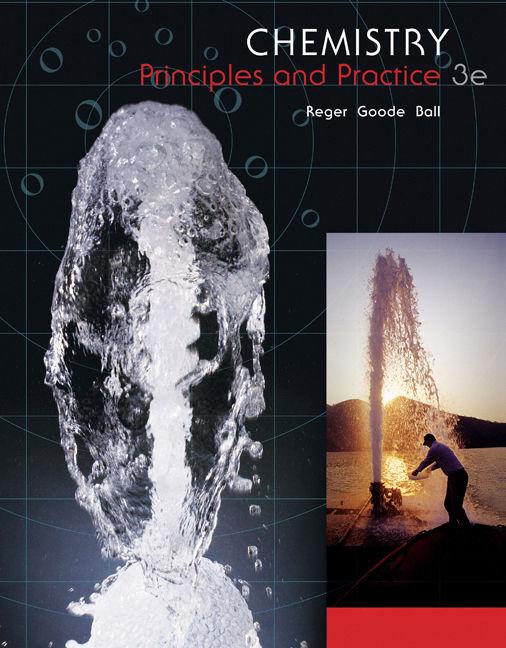You are in the silver recovery business. You receive 55-gal drums of waste silver solution from photography
Question:
You are in the silver recovery business. You receive 55-gal drums of waste silver solution from photography laboratories, metal plating operations, and other industrial companies. Currently, you have a drum of waste from a silver-plating factory with the silver concentration at 1 oz/gal. (Precious metals are measured in troy ounces, which are 31.103 g. Other conversion factors are in Appendix C.) You precipitate the silver as the chloride, which you sell for $2.00/g. The sodium chloride, which is the source of the chloride ion, costs $0.46/kg.
(a) Calculate the mass of sodium chloride needed to react completely with the silver present in one drum of waste.
(b) If more sodium chloride is added, more silver chloride precipitates, in accordance with the common ion effect. Eventually, the value of the silver precipitated is lower than the cost of the sodium chloride added. Determine the mass of silver left in the drum after the sodium chloride (computed in parta) was added by performing a solubility product calculation. Determine the monetary value of this quantity of silver.
(c) Silver is one of eight metals covered by the Resource Conservation and Recovery Act (RCRA). Express the concentration of silver present after the precipitation reaction in terms of g/mL. The legal limit for silver containing discharges is 5 μg/mL. Is the residual silver concentration above or below this level? If the silver concentration is above the limit, calculate how much additional sodium chloride must be added to one drum to use the common ion effect to reduce it to 5.0 μg/mL.
Step by Step Answer:

Chemistry Principles And Practice
ISBN: 9780534420123
3rd Edition
Authors: Daniel L. Reger, Scott R. Goode, David W. Ball





